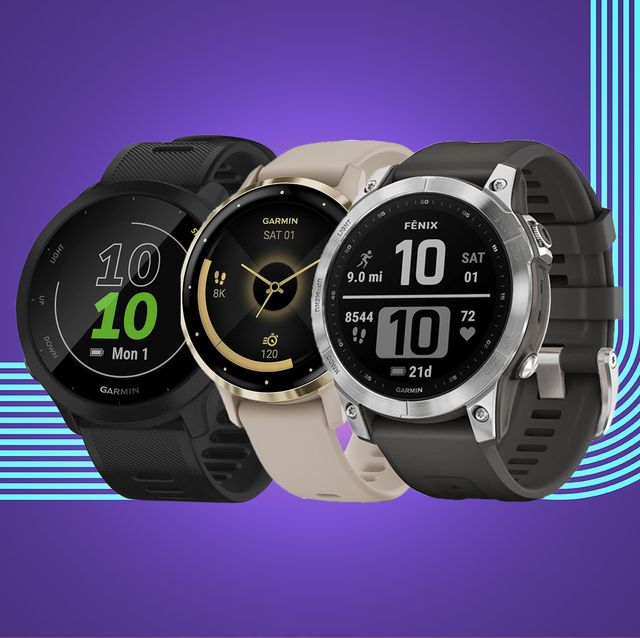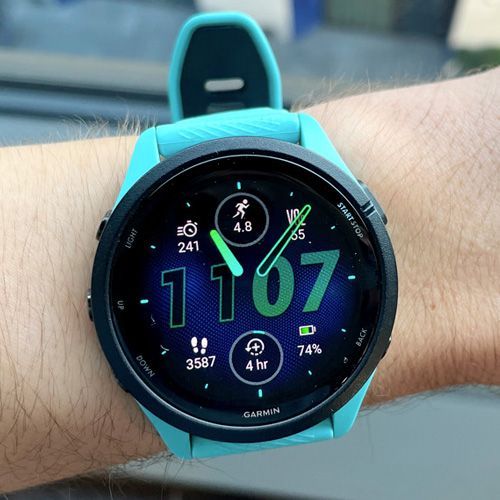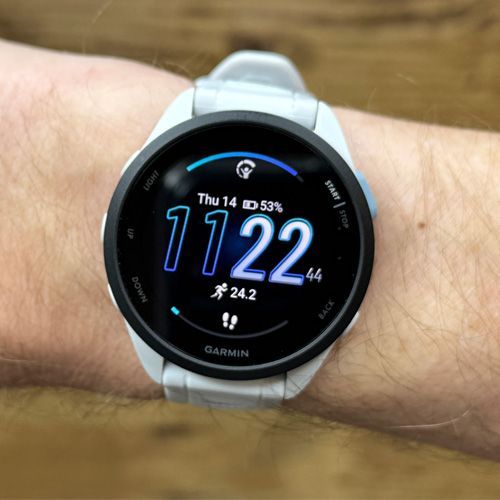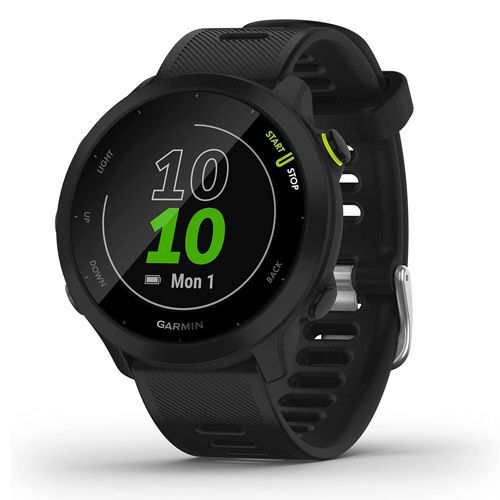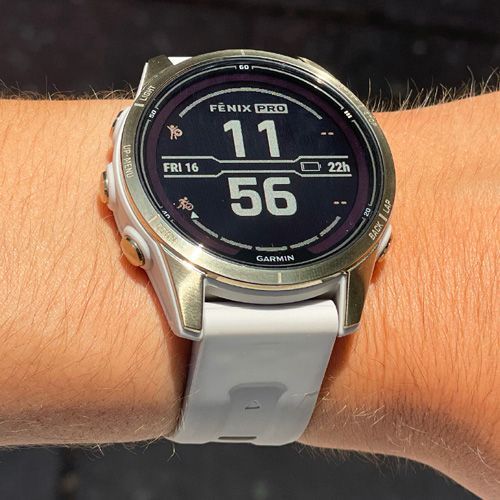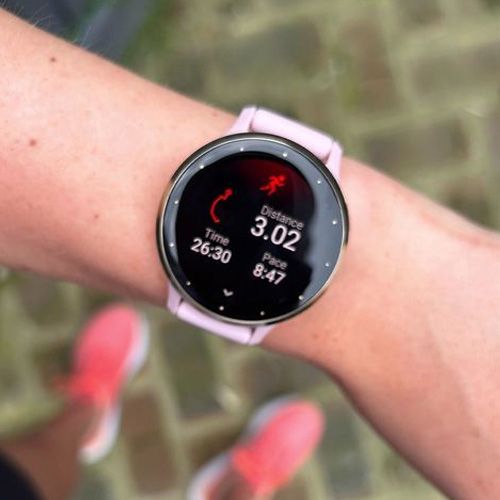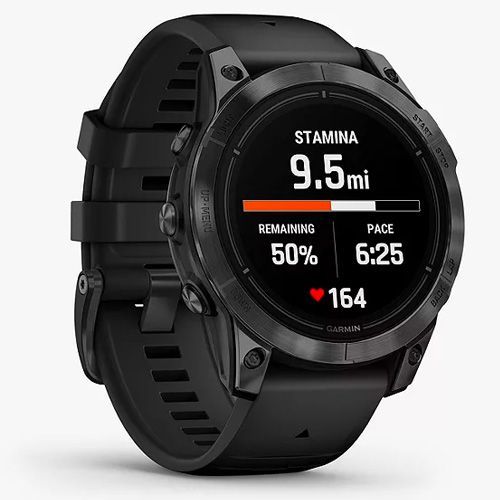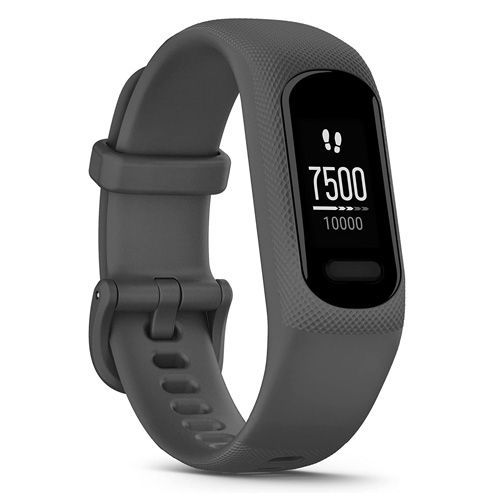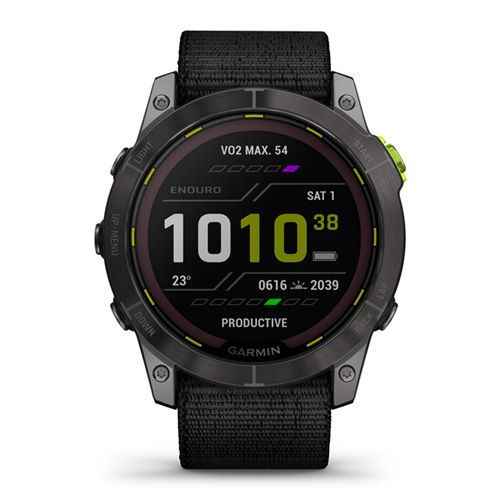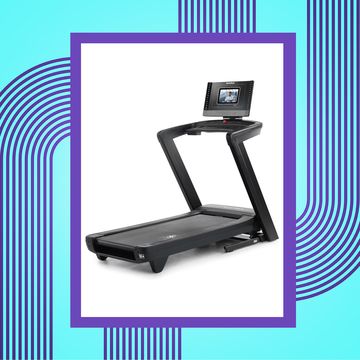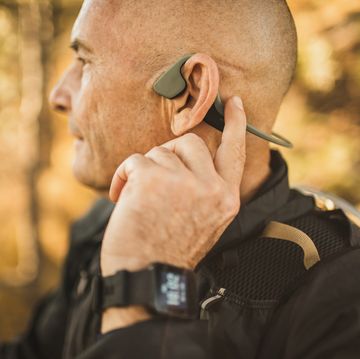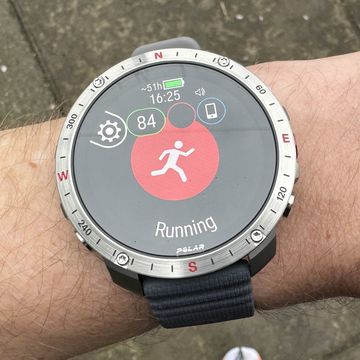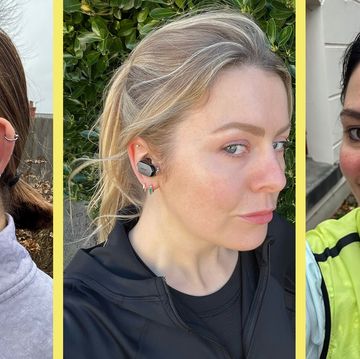We earn a commission for products purchased through some links in this article.
The best Garmin watches in 2024, tested by the RW editors
We've clocked up thousands of miles on the best Garmin watches you can buy — here are our reviews
Want more tried and tested recommendations from the RW editors? Sign up to our new weekly newsletter Kit Bag, coming soon. Click here to subscribe.
Whether you’re training for your first 5k or a multi-stage ultramarathon, a Garmin watch is one of the best pieces of tech you can use to track your runs, gain feedback on key metrics, and even monitor things like stress and sleep.
The Swiss brand has been designing cutting-edge GPS navigation products since 1989, and now boasts some of the best GPS running watches on the market, as well as a host of other wearables including heart rate monitors.
For beginners, it offers some of the best cheap running watches going, including the likes of the Forerunner 55 and Forerunner 165 which allow you to view a whole range of metrics, including pace, elevation, cadence, stride length, heart rate, vertical oscillation and more, for under £250.
If you’re looking for something a little more hardcore, the Fenix, Instinct and Enduro ranges can give you guidance on your training, telling you when to ease up or work harder, as well as downloadable maps with turn-by-turn navigation if you're planning on hitting the trails.
And if you're still weighing up Garmin as a brand, we've also reviewed the best Polar watches on the market too.
The best Garmin watches in 2024
To help you spend your money wisely, we've put together a guide to Garmin's full range of running watches below. You can also shop our winning watches here, at a glance.
Which Garmin watch should I buy?
Garmin offers an overwhelming number of models, which can make it hard to settle on the right watch for your needs. Generally, they can be divided up into the following ranges:
- Forerunner: Designed specifically for runners (rather than multisports), the Forerunner family ranges from the basic to the advanced. Historically, its ethos has been 'running watch first, smartwatch second'.
- Fenix: Geared towards recreational and elite athletes, as well as multisports.
- Instinct: Built for adventurers, these watches are rugged in appearance and perfect for the trails.
- Venu: Style and design meets health and wellness. Think of it as Garmin’s take on the Apple Watch. Unlike the Forerunner, this is more 'smartwatch first, running watch second'.
- Vivosmart: More in the fitness tracker realm, this range is designed for people who want to stay healthy and active and who probably aren't running more than once or twice a week.
It's worth considering what type of running you'll be doing (e.g. on or off road - or a mixture of both) and how much feedback you're after. If you're someone who sticks mostly to roads, a Forerunner will probably fit the bill, with a few different models on offer depending on how nerdy you like to get about stats.
Spend a lot of time on the trails? The Instinct is designed for you. Or perhaps you're training for a triathlon, in which case the Fenix can handle multisports like a pro.
How to choose a Garmin watch
Battery life: Garmin watches come with a wide range of battery lives, and the more you have to spend, the longer you can go between charges.
Ideally, you’ll want your watch to survive a week’s worth of training, but you’ll also want to consider the distances and races you’ll be doing – especially if it’s a longer distance like a marathon or an ultra-marathon...the last thing you want is your watch cutting out!
Activities/training features: The majority of Garmin watches will be able to track your distance, pace, calories and heart rate data. Higher-end models like the Forerunner 265 and Fenix 7 have more advanced training features such as training status, training readiness and performance condition, which can provide additional feedback to help you improve as a runner.
Smartwatch features: Most Garmin watches come with additional health tracking features including sleep and stress monitoring, but the more 'smartwatch' style ones, like the Venu 3, go seriously more in-depth.
Even the more basic models can let you see notifications for texts and calls, however you’ll usually have to pay for a more premium model if you want things like Garmin pay, weather alerts and phone-free music storage.
Style: Garmin’s line-up spans rugged, adventure-style watches to everyday, smarter-looking watches that wouldn’t look out of place in an office. Consider how often you’ll be wearing your watch (all day or just for workouts?) and where – the likes of the Venu might look sleek and stylish, but it’ll be prone to wear and tear if you’re more of a hardcore adventurer.
How we test
This guide builds on the knowledge of RW’s ecommerce editor Ali Ball, an experienced runner and longtime gear tester who has worked on some of the UK’s top tech brands, covering fitness wearables. It’s also had input from Kieran Alger, a freelance writer, editor and runner who has used hundreds of watches over the past decade, while completing more than 50 marathons and many ultras, as well as the wider RW team.

A 53-time marathon finisher, 14-time ultramarathoner (including a top 100 position in the Marathon des Sables) and cofounder of The Run Testers, a YouTube running gear reviews channel, Kieran has been testing the latest running gear for more than a decade. A sub-3 marathon runner, you'll find him covering everything from virtual reality and smart scales to the latest health trackers. Kieran is also passionate about using the latest technology to hack his health in search of marginal gains and you'll always find him with a running watch on either wrist.
Watch Next

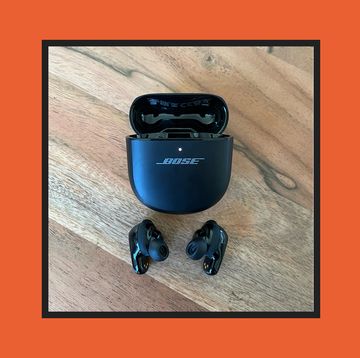
Bose QuietComfort Ultra Earbuds: Tried and tested
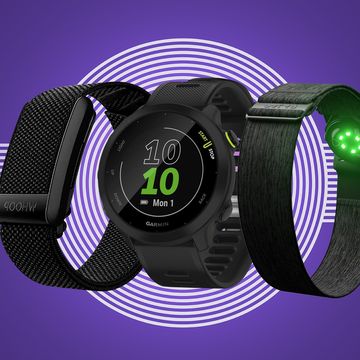
11 best heart rate monitors for runners
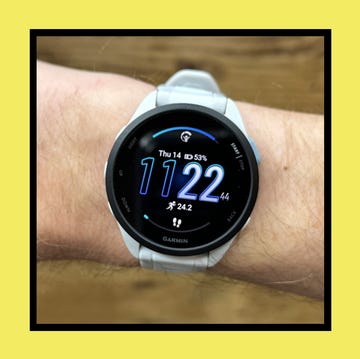
Garmin Forerunner 165: Tried and tested
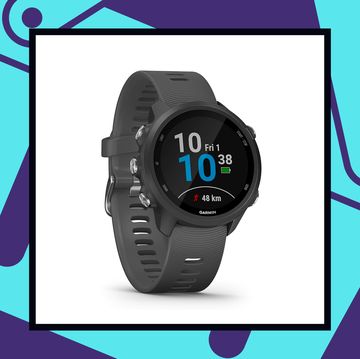
15 top running watch deals in Amazon's Spring Sale
